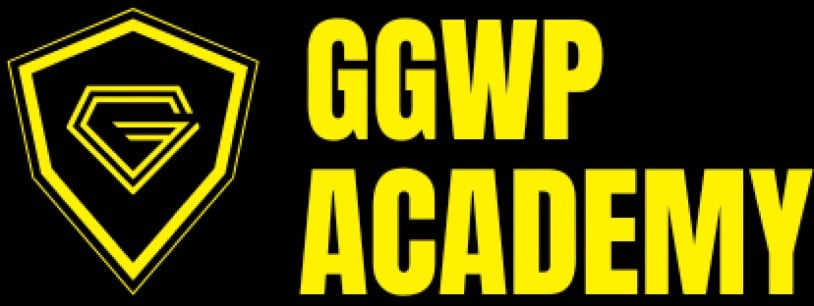When I first came across Urgot’s story, I didn’t know what to make of him. Was he just another monster meant to scare players, or was there something more profound at work?
The more I read his lore, the more I realized it wasn’t so simple. Urgot’s tale is part executioner, part prisoner, part war machine.
Depending on how you look at it, he could be a villain, a twisted antihero, or even a victim who never had a fair chance.
In this guide, I’ll go through his rise in Noxus, his fall into the Dredge, and the chaotic rule he built afterward. By the end, you’ll be able to decide for yourself which arc fits him best.
Origins: Executioner of Noxus
Urgot started as an executioner for Noxus. His role was clear: to carry out death sentences and demonstrate the power of the empire.
He believed in strength above all else. If you were weak, you didn’t deserve to stand.
In his early days:
- He took pride in being the hand of Noxian justice.
- He followed orders without question.
- His loyalty to the empire seemed unshakable.
Back then, Urgot wasn’t seen as a villain. He was a cog in the Noxian machine, carrying out what he thought was necessary. That loyalty would be the very thing that broke him later.
Betrayal and Life in the Dredge
Everything changed when Swain took control of Noxus. Urgot was sent on what he thought was a mission of honor, but it turned out to be a trap. He was captured and thrown into the Dredge, a massive prison mine beneath Zaun.
The prison was torture. Instead of breaking, Urgot found new strength in pain.
He came to believe that suffering stripped away weakness. Over time, he rebuilt himself with metal parts, turning into the half-man, half-machine figure we know today.
When the Dredge finally erupted in chaos, Urgot tore through the guards and prisoners alike. That moment gave birth to his new creed: only through pain and struggle could someone prove their worth.
Agent of Chaos: Anarchist Leader
Once free, Urgot didn’t return to Noxus. He set his sights on Zaun. The city was run by Chem-Barons, wealthy leaders who profited from chemicals and corruption. To Urgot, they were symbols of weakness.
He began to attack them, spreading chaos through the city. Followers gathered around him, drawn to his power and message. But Urgot wasn’t the type to build a peaceful movement.
If one of his followers failed his test of strength, he executed them without hesitation.
His philosophy boiled down to a brutal idea:
- Strength proves your right to lead.
- Pain is the path to strength.
- Weakness deserves no mercy.
It was less about justice and more about reshaping the world into his own vision of survival.
Villainy or Victim? Dissecting the Arc
Urgot’s story isn’t easy to box in. Some see him as a ruthless villain, others as a twisted antihero, and some even view him as a victim of betrayal.
Let’s look at each angle to see where he fits.
Villain
Urgot can easily be seen as a villain. He slaughters without remorse and doesn’t hesitate to terrify or kill his own followers. His reign leaves destruction wherever he goes, and he spreads chaos through Zaun instead of stability.
While some villains act for greed or glory, Urgot acts from ideology, but the result is the same: Blood, fear, and ruin left in his path.
Antihero
Others might argue he has shades of an antihero. Urgot does take aim at the Chem-Barons, who are corrupt rulers of Zaun. In his twisted way, he challenges those who profit from the suffering of others.
His rise shakes up the city’s balance of power, albeit through fear rather than justice.
It raises the question, as his brutal actions meant to destroy only the corrupt, or is that just a mask for more violence?
Victim
At the same time, Urgot’s story is also that of a victim. He was betrayed by the very empire he once served faithfully. The Dredge broke him, turning him into something unrecognizable both in body and spirit.
His ideology, rooted in pain and survival, was forged in that prison, not chosen freely. While he is responsible for his actions, it’s hard to ignore the way betrayal and torture shaped what he became.
For me, this is the heart of Urgot’s lore. He doesn’t fit neatly into one role. He’s all three at once, which makes him both fascinating and hard to pin down.
Character Design and Narrative Intent
Riot wanted to make Urgot more than just a monster. In his redesign, they gave him touches that reminded us he was once a man. Concept art even included tailored jackets to suggest he wasn’t always a machine of death.
This intent is also evident in his story. He isn’t just a villain with no reason. He’s a broken man who turned his suffering into a creed.
The balance of human and machine in his design reflects that.
Conclusion
So is Urgot a villain, antihero, or victim? After digging into his lore, I think he’s all three, depending on how you look at him. He was once a loyal executioner, then a betrayed prisoner.
He is now a violent ruler who preaches survival through pain.
If you’re interested in how his backstory connects with his actual strength in the game, you can also check out the Urgot Power Guide: Early Game Strength and Damage Type.
And if you want to revisit the ideas we’ve covered here, head back through the Urgot Lore Guide: Villain, Antihero, or Victim Arc?
With all that in mind, you can now decide for yourself if Urgot is a villain to hate, an antihero to question, or a victim you can’t fully blame.







